Tangible Waves IMDI: Is MIDI the Future of Modular?

Tangible Waves has four new modules for the compact AE Modular system that communicate via the new IMDI standard. In a nutshell, IMDI is basically MIDI that’s transmitted over the same cables as CV signals. What are the advantages?
Tangible Waves IMDI
A year ago at Superbooth, Tiptop Audio introduced the new ART standard for Eurorack systems. The idea was to create a system that’s as easy to patch as CV/Gate, but allows for transmitting more information over a single cable. With ART, you only need one cable to transmit things like polyphonic chords or notes plus modulation. The first ART modules came out in March of this year.
In the comparatively small but no less vibrant community that surrounds the ultra-compact AE Modular system, a similar idea is taking shape. At Superbooth 24, Tangible Waves presents the first four AE modules that communicate via IMDI.
IMDI stands for “Internal MIDI”. Simply put, IMDI uses MIDI data. But because a closed system like AE doesn’t have to adhere to the sluggish data rates specified in the decades-old MIDI standard, the information can flow much more quickly. The IMDI system uses the same tiny breadboard cables that also carry CV signals in the world of AE.
The inherent advantages are similar to ART: Easy polyphony, easy modulation of several parameters at once, easy patch storage and recall, and much more.
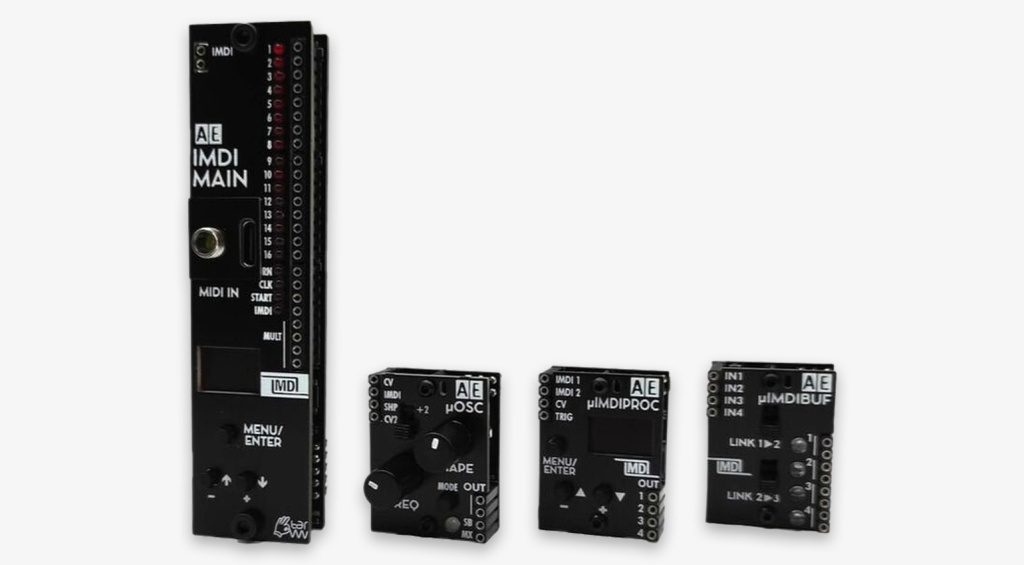
IMDI Modules
IMDI Main is the hub of the system. The module receives MIDI data over TRS or USB and forwards it to 16 IMDI outputs. Additional outputs carry clock and start/stop signals. What goes where is configurable in a menu.
μOSC is an oscillator module that delivers a wide spectrum of waveshapes. In addition to sawtooth, triple saw with detune, variable pulse, triangle, and sine, the module offers three wavetables with 16 waves each. There’s also a sub output. The oscillator understands both IMDI and CV.
μIMDIPROC is an IMDI processor. This module allows you to process velocity, filter notes, quantize, delay, and merge data, and more.
μIMDIBUF is a buffer intended for larger systems. Similar to a MIDI Thru box, this module helps to ensure good signal quality when things get more complex.
Is IMDI the future? Will it spill over into Eurorack at some point? Is it perhaps even better than ART, because it’s simpler and more universally understood? While I don’t think that CV/Gate will disappear anytime soon, new concepts like this are always fascinating.
More information
One response to “Tangible Waves IMDI: Is MIDI the Future of Modular?”

 4,0 / 5,0 |
4,0 / 5,0 | 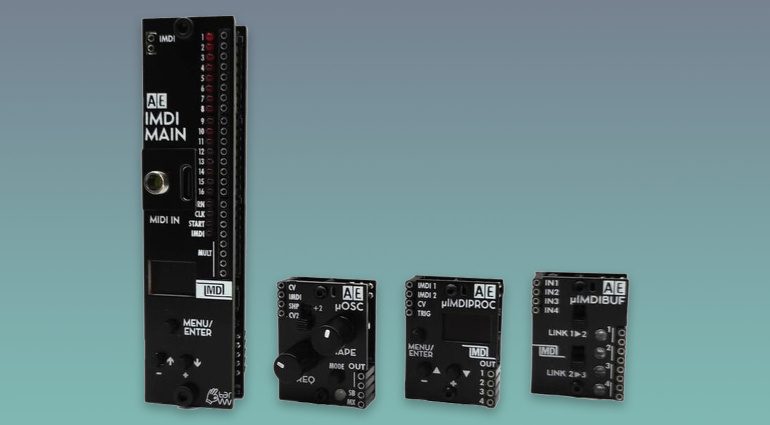

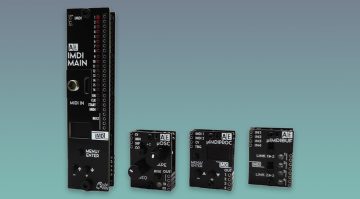

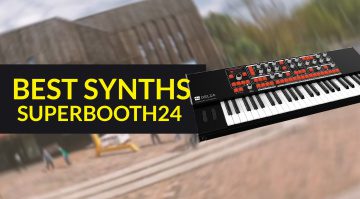
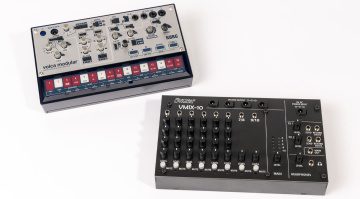
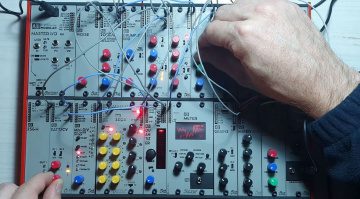
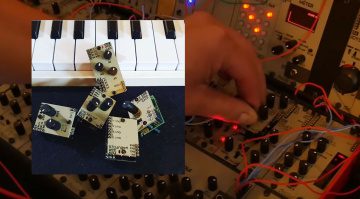
I forget. Why do we need a replacement for MIDI?